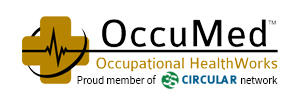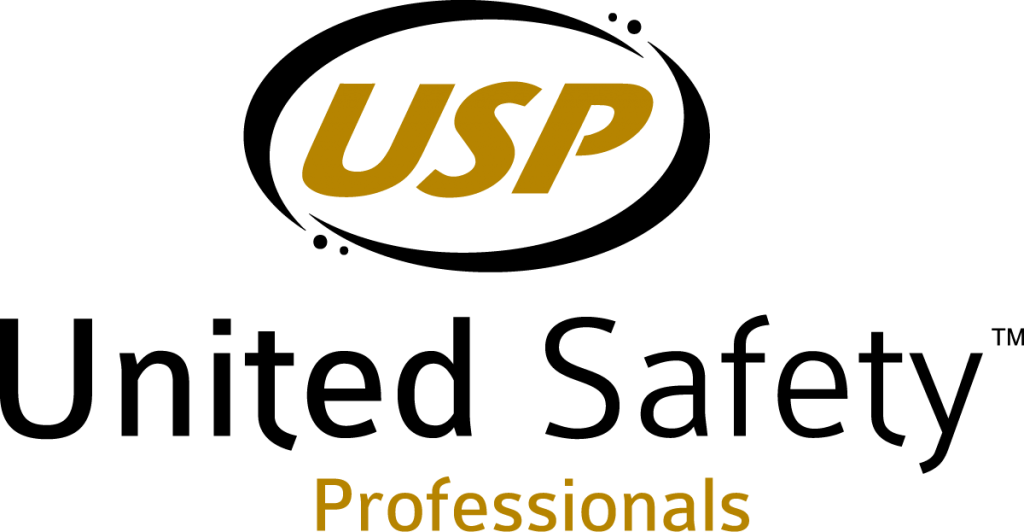OccuMed of New England attended the 2019 OSAP Dental Infection Control Boot Camp last week, held at the InterContinental Buckhead in Atlanta, GA. The Boot Camp covered all basics in infection prevention and safety. To find out more about the details of the Boot Camp, visit our blog.
OccuMed’s intention for participating in the boot camp was to enhance our knowledge in infection control in dental settings, as well as to stay up-to-date with the latest requirements in compliance. Our staff at OccuMed would like to share our “key takeaways” from the conference and help dental professionals improve their infection control and regulatory practices.
Key Speakers
Not only were OSAP key speakers experts in their fields, they were entertaining, knowledgeable and engaging. Key speakers included, but were not limited to:
- Kathy Eklund, RDH, MHP Director of Occupational Health and Safety, and the Forsyth Research Subject and Patient Safety Advocate at The Forsyth Institute
- Michael Bell, MD, Deputy Director of CDC’s Division of Healthcare Quality Promotion
- Karen Gregory, RN, Director of Compliance and Education for Total Medical Compliance
- Douglas L. Risk, DDS, Director of Professional Services for Fusion Dental Group, an affiliate of American Dental Partners Incorporated
- Hudson Garrett Jr., PhD., MSN, MPH, MBA, FNP-BC, PLNC, IP-BC, AS-BC, VA-BC™, NREMT, FACDONA, FAAPM, Global Chief Clinical Officer for Pentax Medical, Co-Founder of the Infection Prevention Institute, and an Assistant Professor of Medicine in the Division of Infectious Diseases at the University of Louisville School of Medicine
Risk Assessments
The beginning of any infection control plan is to identify the risks of transmitting infections. Identifying risks allows to implement policies, procedures, and engineering controls that protect employees and patients from transmission of diseases. Conducting a “risk assessment” or “job hazard analysis” allows an infection control coordinator to customize their policies and procedures specific to employee job tasks. Once these risks have been identified, the policies and procedures have been implemented, the staff need to be trained before performing any job tasks or patient-care activities.
Hand Hygiene
It’s safe to assume that OSAP experts believe hand hygiene is one of the most vital steps of protecting yourself and your patient. There are two guidelines for hand hygiene: Centers for Disease Control and Prevention (CDC) and World Health Organization (WHO). It is up to the facility which guidelines they are going to abide by. This will allow staff to know how long they should be performing a hand wash or rub. OSAP recommends that in the healthcare industry, staff should predominantly use a hand rub technique with an alcohol-based formulation. But, should always wash with soap and water when their gloves or hands are visibly soiled or whenever you feel a build-up of sanitizer.
Many may think washing your hands is easy. But, most people don’t wash their hands correctly. OSAP explained the technique is as follows:
- Run hands under cold water
- Apply FDA approved soap
- Rub hands under cold water while rubbing
- Dry Completely
Cold water should be used when washing hands to prevent dermatitis and irritation of the skin. Also, clinics should be aware and ensure their soap and sanitizer dispensers are dispensing the correct amount of formulation. For example, the correct amount of hand sanitizer should be equal to the size of a Hershey Kiss chocolate candy.
As a healthcare professional, you should constantly be monitoring not only your own hand hygiene, but your fellow staff members as well. It is important to observe and give feedback for correct and incorrect hand hygiene. This allows for improvement of infection control. Remember, starting January 1, 2018, the Joint Commission started citing practices for non-compliance of hand hygiene. Don’t let it be your practice!
Personal Protective Equipment
During safety inspections, our staff at OccuMed constantly receive confusion from our clients about personal protective equipment (PPE). When performing safety inspections, we observe staff donning and doffing their PPE, disposing their PPE and if they are wearing their PPE correctly at the right times.
OSAP recommended that clinic gowns be disposable (avoiding the need to launder gowns). They also recommended single-use, long-sleeve, high neck, tight cuff, and fluid-resistant gowns. Gowns should be changed at the end/beginning of each day or whenever soiled. Per OSHA, employers are responsible for providing the correct PPE at no cost of their employees. If gowns are leaking or wet, secondary containment is required. The wettest part should be wrapped on the inner-most part of the gown before placing it in a biohazard bag.
OSAP experts also recommended that facemasks must be labeled by the FDA. They must be worn during ALL patient-care activities, such as grinding, polishing or instrument processing. Face masks are single-use and must be changed in between patients or when moist, wet, or soiled. They should never be stored in your pocket. Also, proper respirators must be worn when necessary.
Eye protection are the next important piece of PPE mentioned. Side shields on eye protection is required by OSHA and ANSI required them to be impact-resistant. Prescription glasses can be worn, but must have a side shield and straight arms. All eye protection must be decontaminated and disinfected before/after use with subsequent patients.
OSAP reiterated the importance of proper glove use. Staff wearing gloves should always inspect gloves for holes or tears prior to use. Hand hygiene must be performed before and after, while considering skin ergonomics. Gloves are single-use and must be changes for each patient, when visibly soiled and when leaving the patient area. If a staff member leaves the patient area before doffing their gloves, they must perform hand hygiene and re-glove before performing a patient-care activity. Removing rings, artificial nails, and polish before performing patient-care activities is highly recommended.
Lastly, OSAP recommends staff wear a separate pair of shoes home from work. This helps prevent the risk of tracking transmissible diseases into your home. Keep work shoes in a designated locker or area in the workplace.
Supplies
Whoever is responsible for ordering supplies in your clinic, may it be an office manager or assistant, should be monitoring supply orders. This prevents over or under-ordering, ensures supplies are used prior to expiration, and reduces costs. This person may also want to confirm they are ordering high-quality products. Cheap products do not always mean safe and effective…
Regulatory Agencies
One of the most common questions we get asked by our clients is, “Which regulatory agency is the right one to listen to?” We often find that many agencies contradict one another, making it difficult to decide which one to abide by. OSAP experts recommended to follow your federal and state regulatory requirements. If one contradicts another, choose one, and do it well. OccuMed suggests choosing the highest level of safe practice. For example, if one agency says to practice hand hygiene for 15 seconds and another says 20 seconds, choose 20 seconds. This ensures you are practicing the safest practice available of all the standards.
Infection Control Assistance
The above topics were only a few of the topics of infection control covered during the OSAP Infection Control and Prevention Boot Camp 2019. The staff of OccuMed of New England is grateful for the opportunity to improve our infection control knowledge, thanks to everyone at OSAP who helped make the boot camp happen. But, they made it clear to us that many practices need help! Infection control quite a responsibility for anyone to take on. If your dental practice needs assistance in infection control practices, please visit our website or call 833-OCCUMED. We provide infection control training, audits and policy and program development/revision for dental practices in need.


